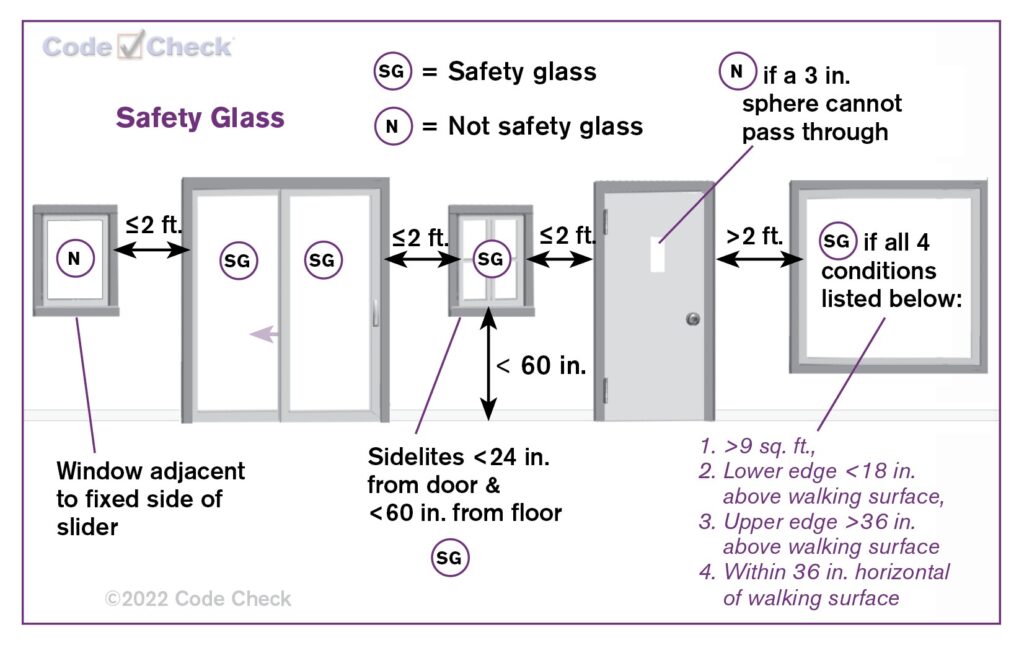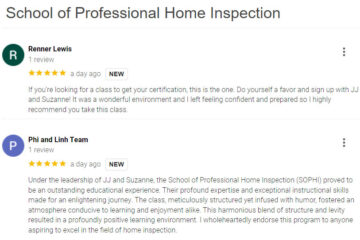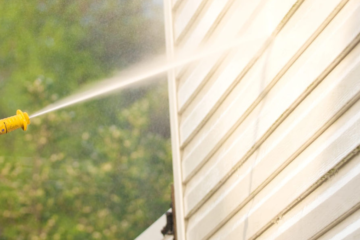
As a home inspector, it’s important to be aware of safety glass code requirements. Safety glass is designed to reduce the risk of injury in case of breakage, and it’s required in certain areas of a home, such as near doors and in bathrooms.
There are several types of safety glass that meet code requirements, including tempered glass, laminated glass, and wired glass. Each type of glass has its own unique properties and benefits, but they all provide increased safety compared to regular glass.
Safety glass must be installed according to specific guidelines in order to ensure maximum effectiveness. For example, tempered glass should not be cut after it has been tempered, as this can cause it to shatter.

Home inspectors should also be aware of the different code requirements for safety glass in various locations throughout a home. For example, tempered glass is required for any glass within 24 inches of a door, while laminated glass is required for skylights.
By being knowledgeable about safety glass code requirements and ensuring proper installation, home inspectors can help keep their clients safe and reduce the risk of injury in the event of glass breakage.
Douglas Hanson, a highly respected building code expert and author of the Code Check series, has written an extensive article on this issue. For further reading, refer to his article.
source: https://codecheck.com/wp-content/uploads/2018/10/SafetyGlazingHansenOctober2011.pdf

https://codecheck.com/

